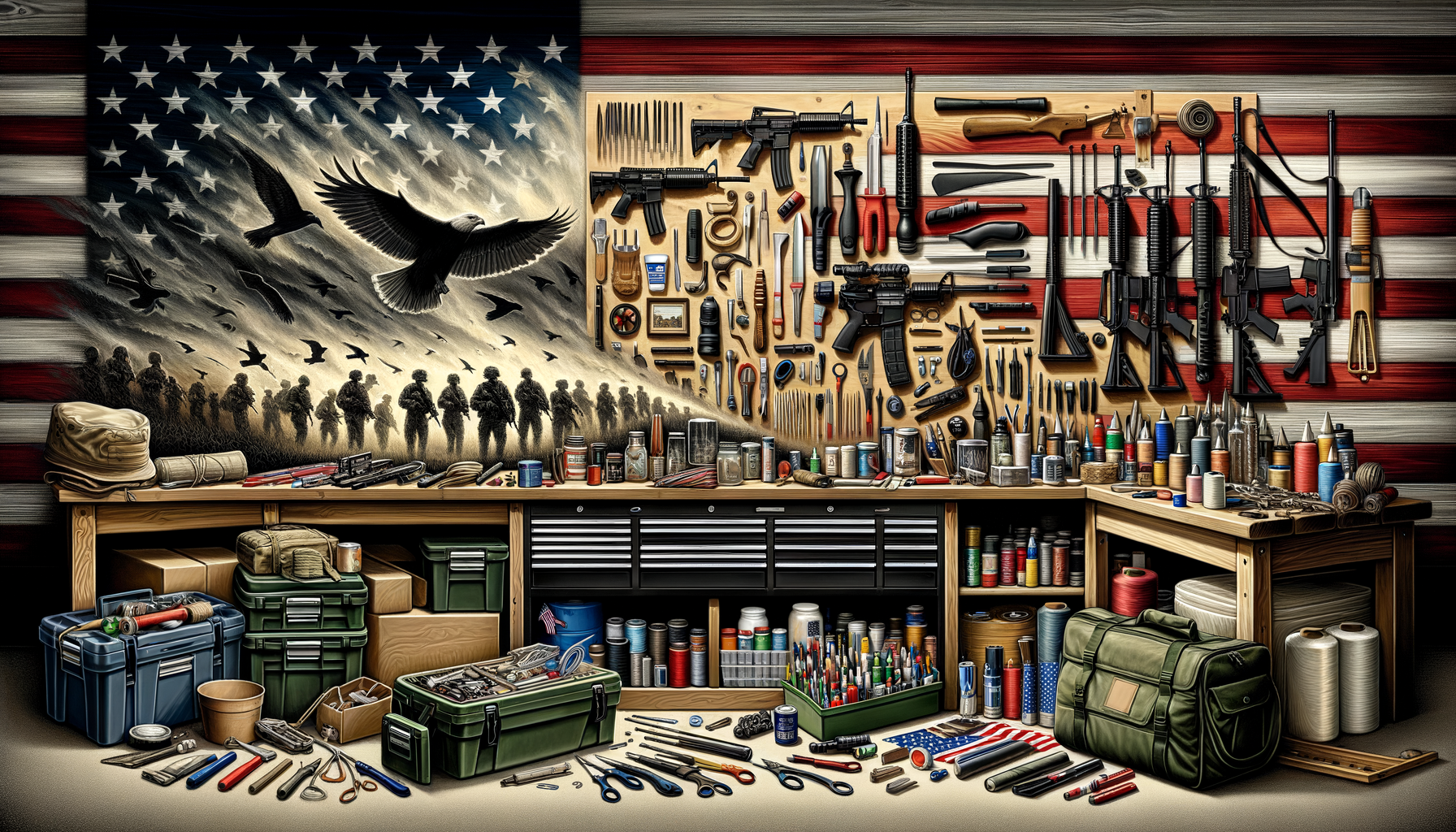Firearm Maintenance: Essential Tips for Proper Care

Keeping your firearm in optimal condition is critical for performance, reliability, and safety. Whether you’re a beginner learning the basics or a seasoned enthusiast, effective firearm maintenance ensures your equipment stays ready for use while extending its lifespan. Let’s explore the key aspects of firearm care, providing actionable steps to guide you along the way.
Why Firearm Maintenance Matters
A firearm is a precision tool, and proper maintenance directly impacts its functionality. Dust, dirt, and carbon buildup can compromise accuracy and firing mechanisms if neglected. Regular care prevents malfunctions, enhances reliability, and helps preserve the condition of your investment.
Tools You’ll Need for Firearm Maintenance
Before diving into the cleaning process, gather the right tools for the job. Here’s a checklist of essentials:
- Bore cleaning rod and patches
- High-quality gun oil or lubricant
- Cleaning solvent
- Bore brush
- Toothbrush or soft-bristle brush
- Microfiber cloth
- Protective gloves
Having these tools within easy reach ensures a smoother and more effective maintenance process.
Step-by-Step Guide to Cleaning Your Firearm
Follow these steps to clean and maintain your firearm:
1. Ensure Safety First
Always check that your firearm is unloaded before beginning maintenance. Remove any ammunition and visually inspect the chamber and magazine to confirm it is empty. Work in a well-ventilated area away from distractions or flammable materials.
2. Disassemble Your Firearm
Refer to your firearm’s manual for instructions on safely disassembling it. Most models break down into the barrel, slide, recoil spring, and frame. Keep all components organized to avoid misplacement.
3. Clean the Barrel
Attach a patch to your cleaning rod and apply solvent. Insert it through the barrel and push it out the other side. Repeat this process until the patches come out clean. Use a bore brush to scrub away stubborn residue, then follow with a dry patch to remove excess solvent.
4. Clean Individual Components
Using a toothbrush or soft-bristle brush, remove buildup on all accessible parts, including the slide, frame, and recoil spring. A small patch soaked in solvent can help reach tighter spaces. Wipe each piece with a clean cloth when finished.
5. Lubricate Moving Parts
Apply a small amount of gun oil to areas with significant friction, such as the slide rails and action components. Avoid over-lubrication, as excess oil can attract debris and cause issues.
6. Reassemble and Inspect
Carefully reassemble your firearm and confirm all parts are functioning correctly. Perform a function check to ensure smooth operation before storing your firearm securely.
Storage Tips for Longevity
Proper storage is just as important as cleaning. Here’s what you should keep in mind:
- Store your firearm in a secure, temperature-controlled environment.
- Use a gun safe or lockbox to prevent unauthorized access.
- Place a silica gel packet in the storage area to reduce moisture buildup and prevent rust.
Common Maintenance Mistakes to Avoid
To ensure effective care, steer clear of these common pitfalls:
- Skipping routine cleaning after each use
- Overusing lubricant, leading to grime buildup
- Failing to inspect for wear or damage regularly
- Using improper tools or harsh chemicals that may damage surfaces
By avoiding these mistakes, you’ll save time, money, and the potential headache of costly repairs.
How Often Should You Clean Your Firearm?
The frequency of cleaning depends on how often you use your firearm. If you use it regularly, clean it after each session to remove residue and ensure peak performance. For firearms in storage, inspect and clean them every few months to prevent rust and degradation.
Additional Tips for Care and Protection
Maintaining your firearm goes beyond cleaning. Here are additional tips to keep it in top condition:
- Inspect screws, fasteners, and other attachments to ensure they remain secure.
- Use snap caps during dry firing to protect the firing pin.
- Stay updated on manufacturer recommendations for care and maintenance.
Conclusion
Firearm maintenance is an essential responsibility that ensures safety, reliability, and longevity. By creating a consistent care routine and following the steps outlined above, you can extend your firearm’s useful life while boosting your confidence in its performance. Take pride in maintaining your equipment and enjoy the peace of mind that comes from knowing your firearm is in excellent shape.
Visit our website for more tips, tools, and resources on firearm care and safety. Stay informed, stay empowered, and keep your equipment ready for action.


